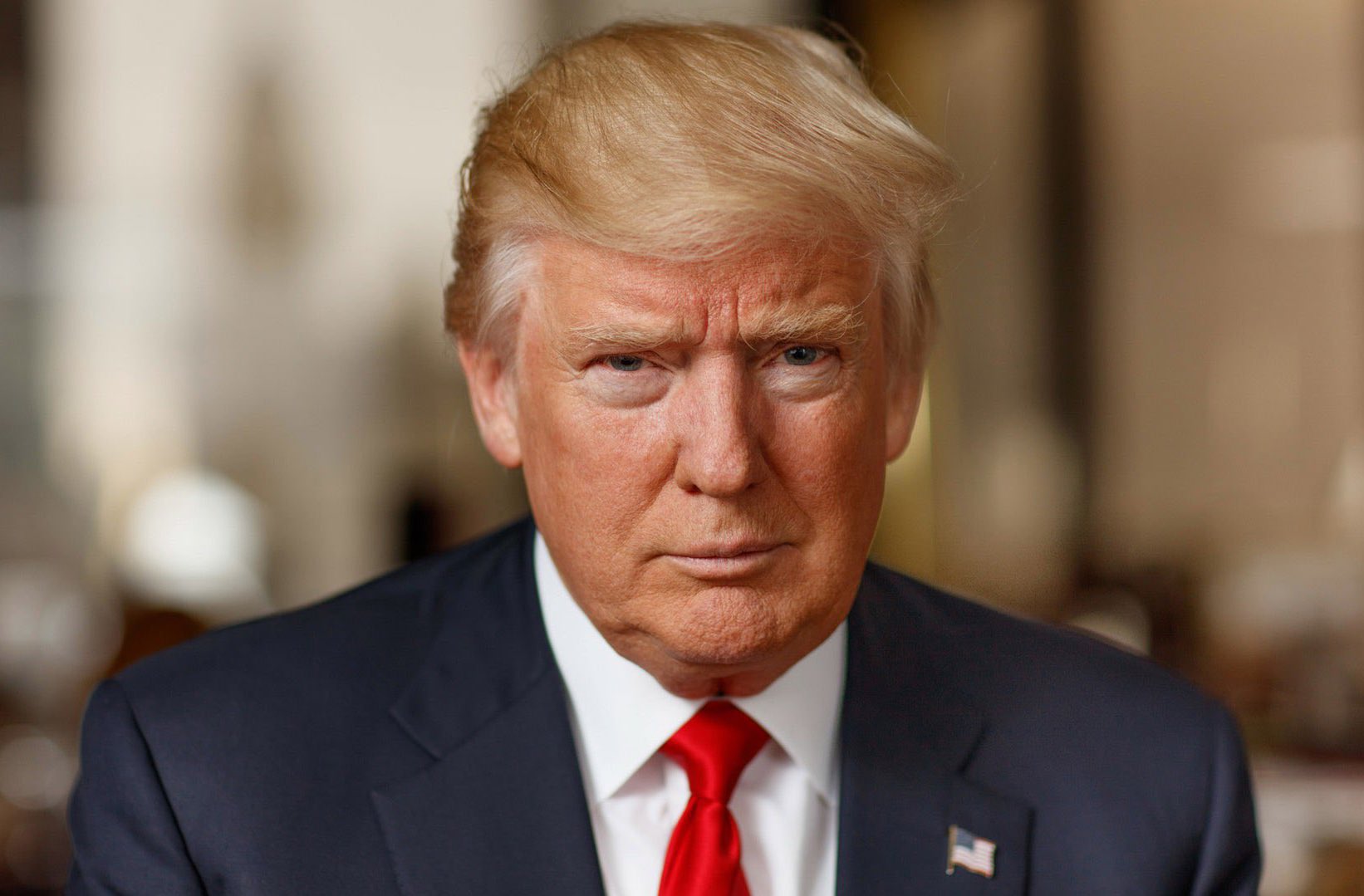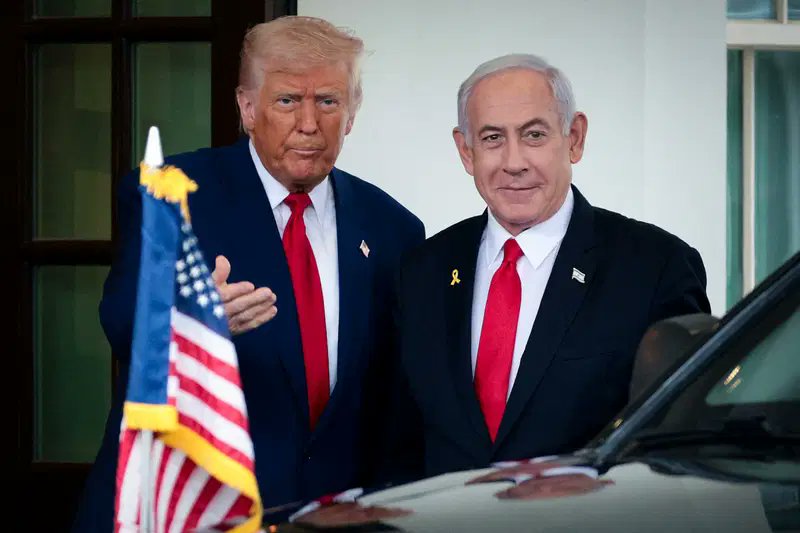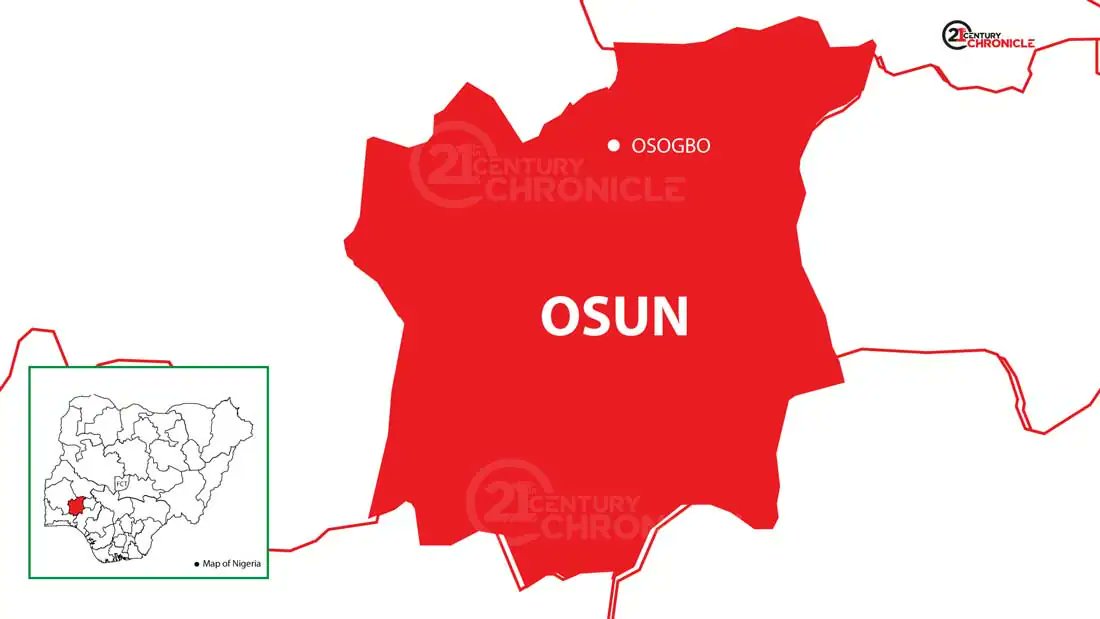
Trump Declares Ceasefire in Israel-Iran War, But Tehran Says ‘Not So Fast’

In a dramatic announcement that sent shockwaves through diplomatic circles and social media feeds alike, former U.S. President Donald Trump declared that a ceasefire had been reached between Israel and Iran, marking what he heralded as the conclusion of the violent 12-day war that has gripped the Middle East in fresh turmoil. Speaking from a press briefing in Washington, Trump stated emphatically that both sides had “agreed to lay down arms” and that hostilities would end within the next 24 hours once ongoing missions on both ends were completed. Yet, even as the announcement was being broadcast live, Iranian officials were disputing the very premise of the claim, insisting no such deal had been finalized and that any ceasefire was conditional on a full Israeli military withdrawal and cessation of operations.
The announcement has injected a potent mix of hope and skepticism into a conflict that has already seen hundreds killed, thousands displaced, and regional tensions pushed to the brink. For the millions watching and waiting across the globe—especially in war-ravaged areas like southern Lebanon, northern Israel, and parts of western Iran—the idea of peace feels tantalizingly close but dangerously premature. Air raid sirens continued to scream across Israeli border towns late Monday night, while Iranian drones were reportedly still active along disputed airspace, prompting immediate doubts about the veracity—or at least the timing—of the ceasefire declaration.
Trump, who described his role as “instrumental” in brokering what he termed a “historic peace resolution,” offered few specifics about the terms of the agreement, citing the need for confidentiality and ongoing diplomatic sensitivity. He praised both Israeli Prime Minister Benjamin Netanyahu and Iran’s Supreme Leader Ayatollah Ali Khamenei for what he called their “extraordinary leadership” in agreeing to step back from the brink of full-scale war. “We have prevented a catastrophe,” Trump said. “Peace is coming to the Middle East because strong leaders made strong decisions. I commend both sides.” His declaration, however, was swiftly contradicted by Iran’s Foreign Ministry, which released a sharply worded statement just hours later insisting that no such ceasefire was agreed upon and that negotiations were still underway through intermediaries in Qatar and Oman.
According to Iranian spokesperson Nasser Kanaani, any agreement to halt military operations would be strictly conditional on Israel ceasing all airstrikes, ground incursions, and naval blockades. “The Islamic Republic of Iran will not enter into a one-sided ceasefire,” Kanaani said. “Any suggestion that we have signed a final deal is misleading and premature. We are still responding to aggression, and we will not stop until our sovereignty and dignity are fully respected.” Meanwhile, Israel remained largely silent on the matter, with the Prime Minister’s Office issuing only a brief statement confirming that they had been in talks with the U.S. and other stakeholders and that “discussions are ongoing.”
On the ground, however, the war had not yet shown any obvious signs of slowing down. Residents in northern Israel reported hearing explosions well into the night, while Iranian state television aired footage of missile systems being rearmed and new brigades being deployed to the western front. The Israeli Defense Forces (IDF) announced late Monday that “operations continue as scheduled,” though they refrained from directly addressing the ceasefire claim. In Tehran, mass demonstrations erupted in front of the U.N. mission, where protesters burned Israeli and American flags while chanting “No peace without justice!”
The so-called “12-day war” erupted following a disputed rocket attack on Israeli territory that Tel Aviv blamed on Iran-backed militias operating in Syria. What began as a tit-for-tat exchange of missiles quickly escalated into a full-blown confrontation involving cyberattacks, naval skirmishes in the Strait of Hormuz, and an alarming standoff at the Iraq-Iran border. Over the past week, several key oil shipping routes were disrupted, and satellite images confirmed extensive damage to both Israeli and Iranian infrastructure, including power stations, hospitals, and military bases.
The international community has been scrambling for days to bring the two nations to the negotiating table. France, Turkey, Russia, and China have all issued joint appeals for calm, while the United Nations Security Council convened multiple emergency sessions to try to halt the carnage. Yet, even with Trump’s announcement now echoing around the world, experts warn that this so-called ceasefire may be more of a media strategy than a genuine diplomatic breakthrough.
“This feels like a political maneuver rather than a true resolution,” said Dr. Miriam Halabi, a Middle East analyst based in Beirut. “Neither side has confirmed mutual terms, and as long as rockets are flying, we cannot talk about peace. This could just as easily unravel in a matter of hours.” Her sentiment was echoed by former U.S. Secretary of State John Kerry, who, in a CNN interview, called the announcement “hopeful, but fragile.” Kerry warned that without independent verification from neutral observers, the ceasefire declaration could give false comfort to civilians still under threat.
As of Tuesday morning, there was no confirmed pause in fighting. Drone footage released by Al Jazeera showed smoke plumes rising from both sides of the Israel-Lebanon border, while Reuters confirmed that Iran had moved long-range missile batteries closer to its western perimeter in anticipation of further strikes. Meanwhile, hospitals in Tel Aviv were bracing for new casualties, and emergency units in Iran’s Kermanshah province were on high alert for retaliatory attacks.
In Washington, Trump appeared unfazed by the conflicting reports. In a follow-up post on Truth Social, he doubled down on his initial announcement, writing: “We got the deal. Don’t believe the fake news. Iran will comply. Israel is on board. Peace through strength.” But that bravado has yet to translate into tangible calm in the skies above the region, where fighter jets still roar and missiles occasionally light up the dark, uncertain horizon.
For now, the world watches and waits, suspended between war and peace, hoping that the next 24 hours bring clarity—not catastrophe. Whether Trump’s announcement turns out to be a diplomatic triumph or a premature misfire remains to be seen, but what is clear is that the road to lasting peace is anything but paved. It is cracked with mistrust, littered with the debris of years of hostilities, and shadowed by the grim reality that one misstep could plunge the region back into chaos.


